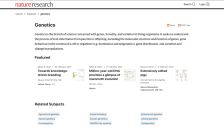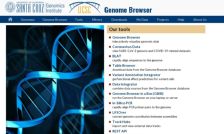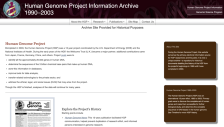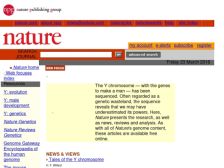Browse Resources
(8 classifications) (18 resources)
| Computer network resources
(2)
Congresses (1) Databases (7) Periodicals (4) |
Research
(16)
Research grants (1) Study and teaching (11) Variation (6) |
Resources | |||||||||||||||||||||||||||||||||||||||||||||||||||
|---|---|---|---|---|---|---|---|---|---|---|---|---|---|---|---|---|---|---|---|---|---|---|---|---|---|---|---|---|---|---|---|---|---|---|---|---|---|---|---|---|---|---|---|---|---|---|---|---|---|---|---|
| |||||||||||||||||||||||||||||||||||||||||||||||||||
| Next → | |||||||||||||||||||||||||||||||||||||||||||||||||||






